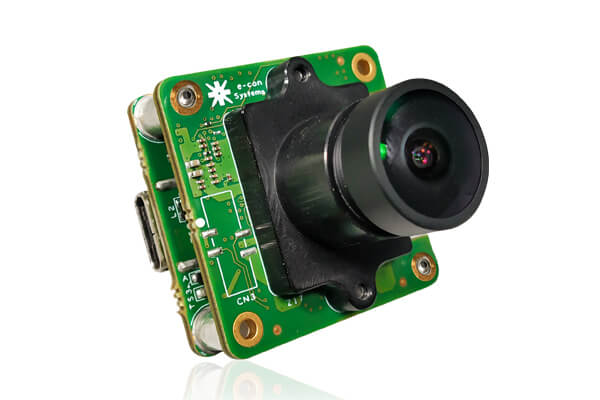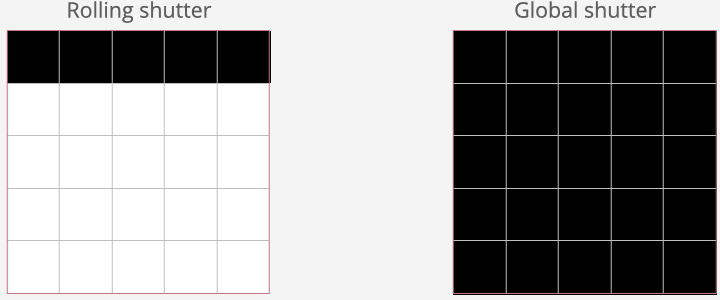Global shutter technology has gained significant attention in the world of mirrorless cameras, offering a solution to one of the major limitations of traditional rolling shutters. This article delves into the technical details of global shutters, their benefits, and a comparison with rolling shutters.
Technical Details of Global Shutter

Sensor Design
Global shutters typically use specialized CMOS (Complementary Metal-Oxide-Semiconductor) sensors. These sensors have a unique architecture that allows them to expose all pixels simultaneously. The design incorporates a storage node for each pixel, enabling rapid charge transfer during exposure.
Readout Mechanism
The global shutter mechanism involves high-speed readout circuitry that can handle the simultaneous capture of data across the entire sensor. This is essential for maintaining image integrity, especially in fast-moving scenes. Techniques like “time-delay integration” may also be employed to further enhance performance.
Dynamic Range
Global shutters can offer improved dynamic range compared to rolling shutters. This is due to their ability to avoid the exposure artifacts that can occur when different parts of the image are exposed at different times, thus capturing more detail in both shadows and highlights.
Latency
The latency in global shutter systems is generally lower, as all pixels are read out at the same time. This is particularly advantageous for high-speed photography and video, where capturing fleeting moments is crucial.
Implementation Challenges
Despite their advantages, global shutters are more complex and expensive to manufacture. They require precise calibration and can be more power-intensive, which may impact battery life in portable mirrorless cameras.
By understanding these technical aspects, photographers can better appreciate the capabilities and limitations of global shutters in mirrorless systems.

Benefits of Global Shutter
- Elimination of Motion Artifacts: Global shutters prevent common artifacts like “jello” effects in video and skewed images in photography, making them ideal for action shots and fast-moving subjects.
- Improved Image Quality: By reducing distortion, global shutters can enhance overall image quality, particularly in high-speed environments.
- Versatility: These shutters are particularly beneficial in diverse shooting conditions, from sports to dynamic wildlife photography, where precision is crucial.
Comparison with Rolling Shutter

While rolling shutters sequentially expose pixels, leading to potential issues with motion distortion, global shutters provide a more accurate representation of fast-moving subjects. However, rolling shutters tend to be more cost-effective and less complex, making them prevalent in many consumer-level cameras. Additionally, rolling shutters can perform better in low-light situations since they can read out data more gradually, allowing for longer exposure times.
Conclusion
Global shutters represent an ultimate advancement in mirrorless camera technology, addressing significant challenges posed by rolling shutters. As manufacturers continue to delve into this technology, we can expect to see even more innovations that will enhance the capabilities of mirrorless systems in capturing high-quality images across various dynamic environments.
